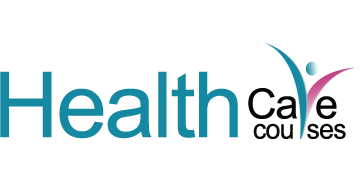Healthcare Level 7
Healthcare Level 7: Advancements in Healthcare Technology
Healthcare Level 7 (HL7) refers to a set of international standards for the transfer of clinical and administrative data between software applications used by various healthcare providers. These standards play a crucial role in ensuring interoperability and seamless communication within the healthcare industry.
Benefits of HL7 in Healthcare
HL7 standards facilitate the exchange of vital patient information, such as medical records, lab results, and medication data, across different healthcare systems. This interoperability leads to improved patient care, enhanced efficiency, and reduced medical errors.
Key Features of HL7 Standards
- Support for various data formats, including XML and JSON
- Defined message structures for consistency
- Compatibility with different healthcare IT systems
- Secure data transmission protocols
HL7 Statistics
| Year |
Number of HL7 Implementations |
| 2018 |
Over 10,000 |
| 2019 |
More than 15,000 |
| 2020 |
Approximately 20,000 |
Future Trends in HL7
As technology continues to advance, HL7 standards are expected to evolve to meet the changing needs of the healthcare industry. Future trends may include enhanced data security measures, improved interoperability with IoT devices, and greater automation in data exchange processes.
Conclusion
Healthcare Level 7 plays a crucial role in ensuring seamless communication and data exchange within the healthcare ecosystem. By adhering to HL7 standards, healthcare organizations can improve efficiency, enhance patient care, and drive innovation in the field of healthcare technology.
